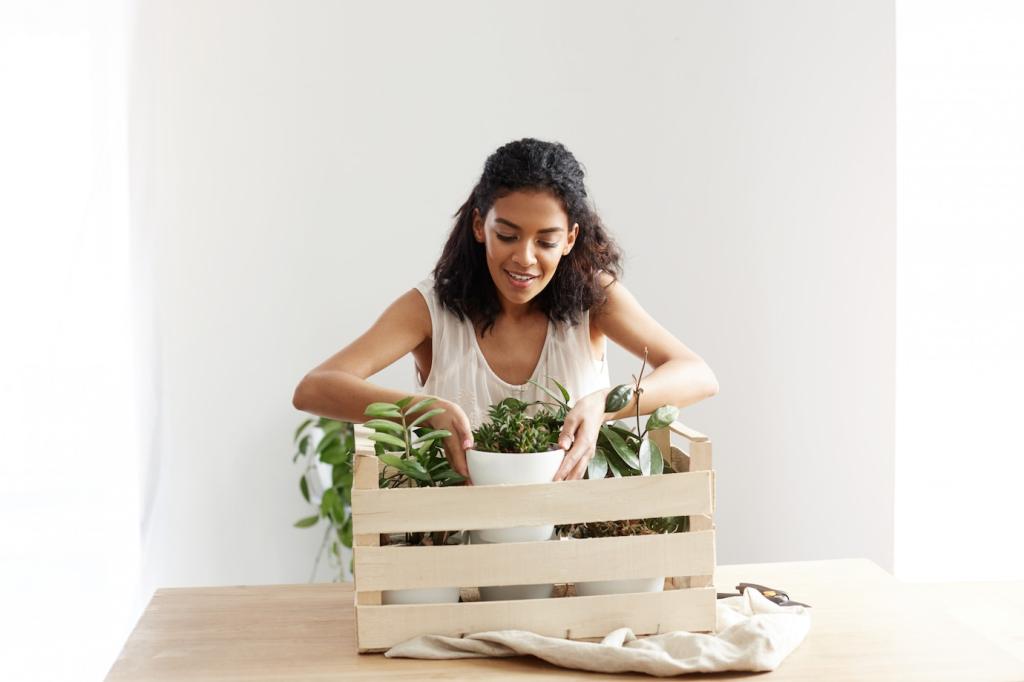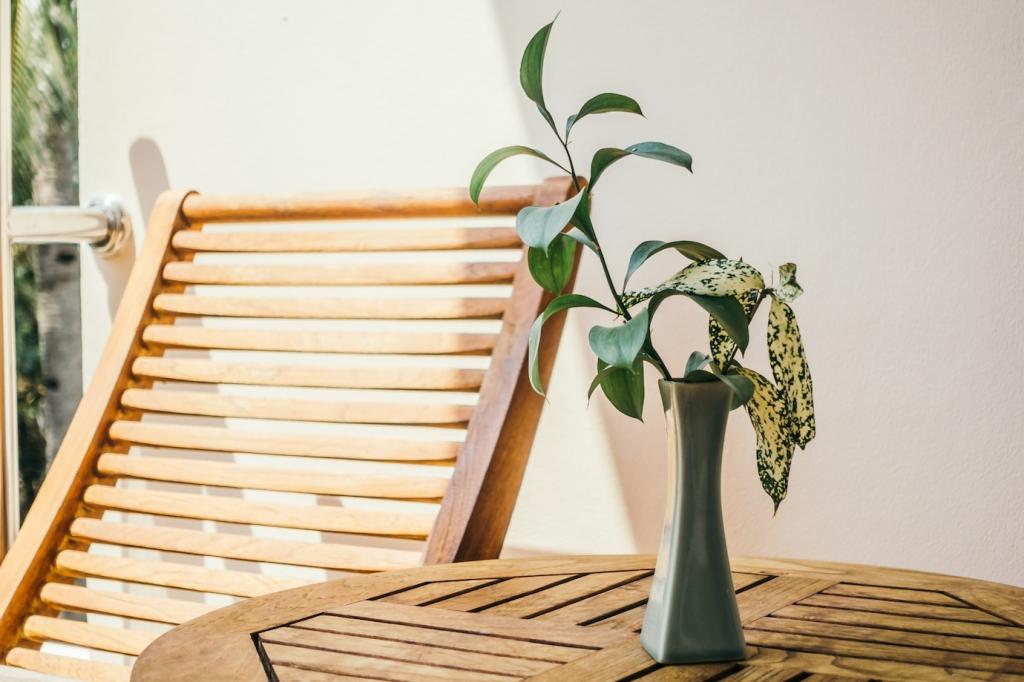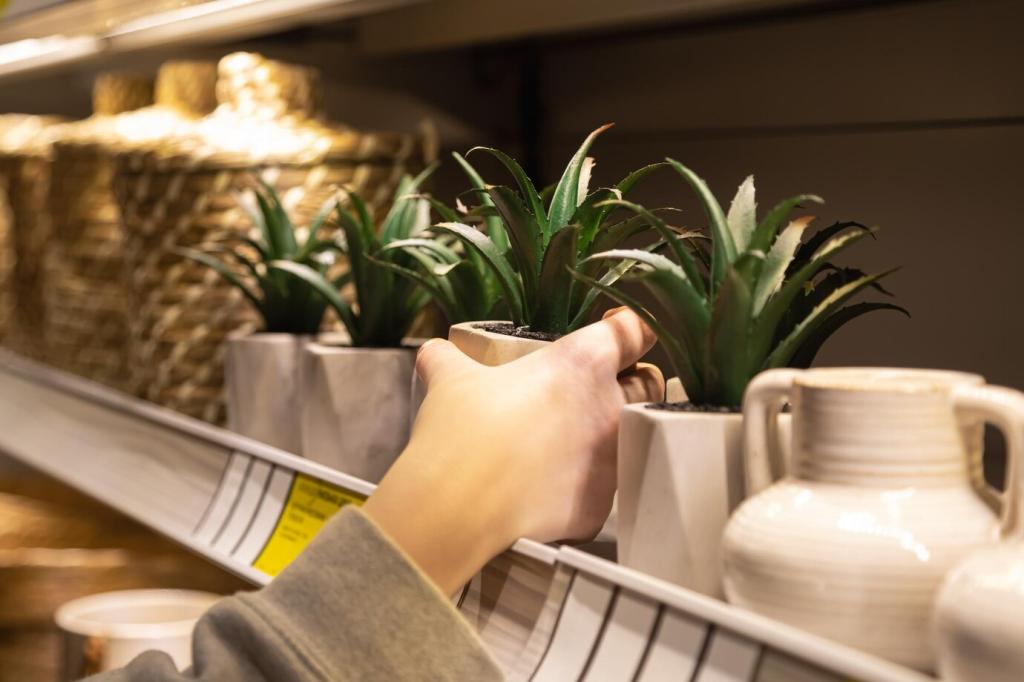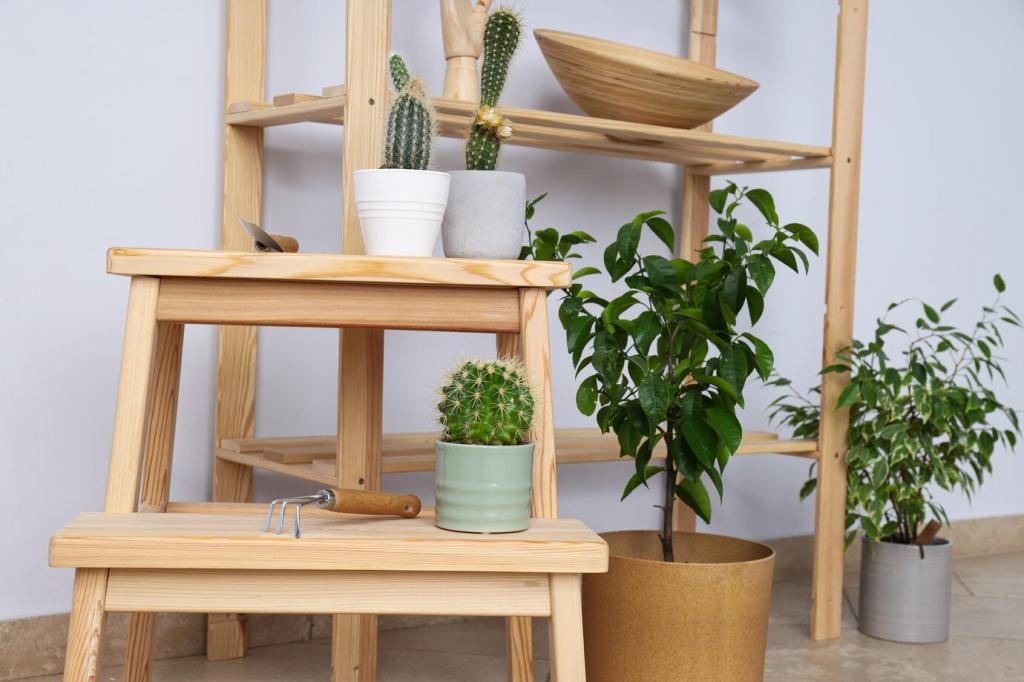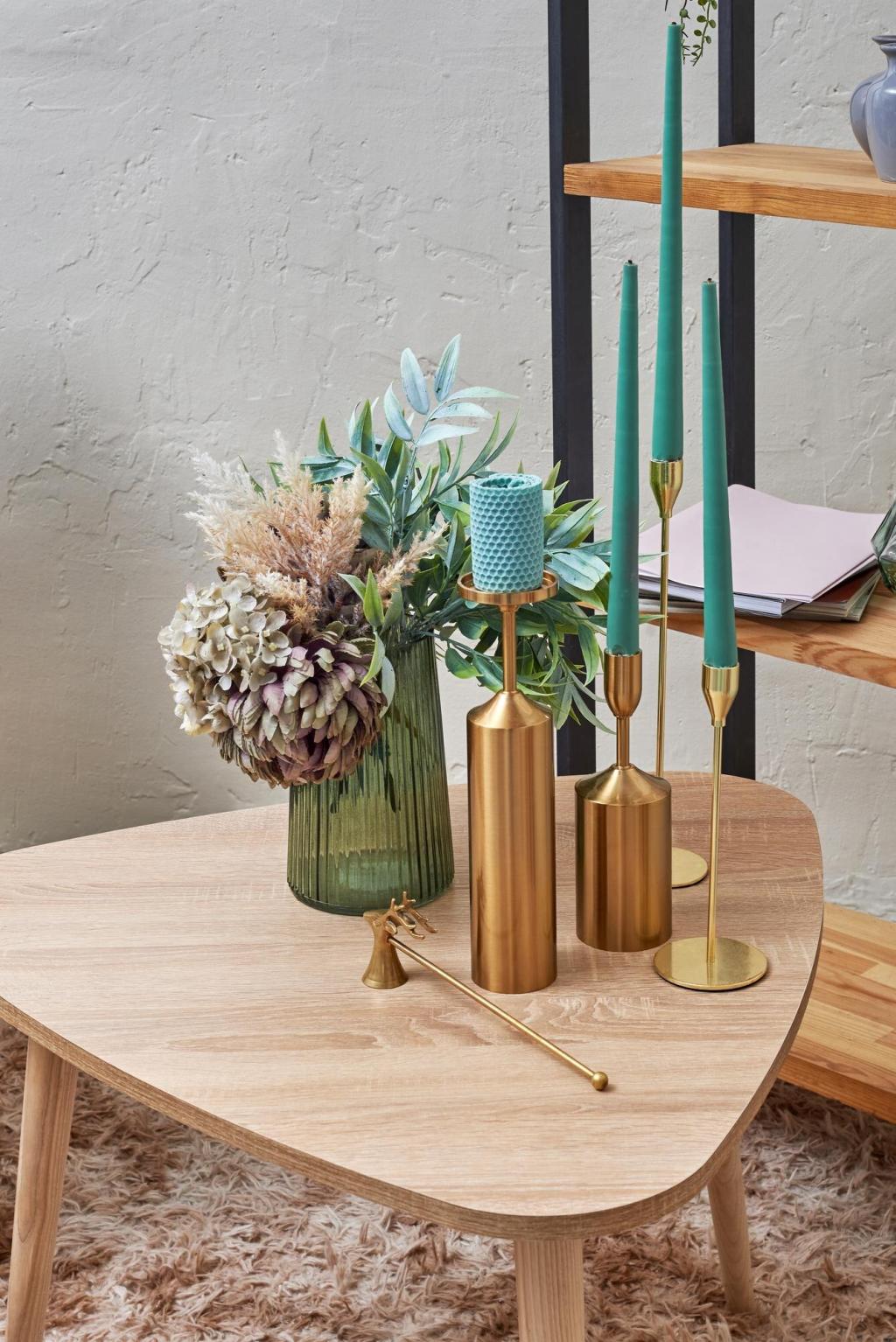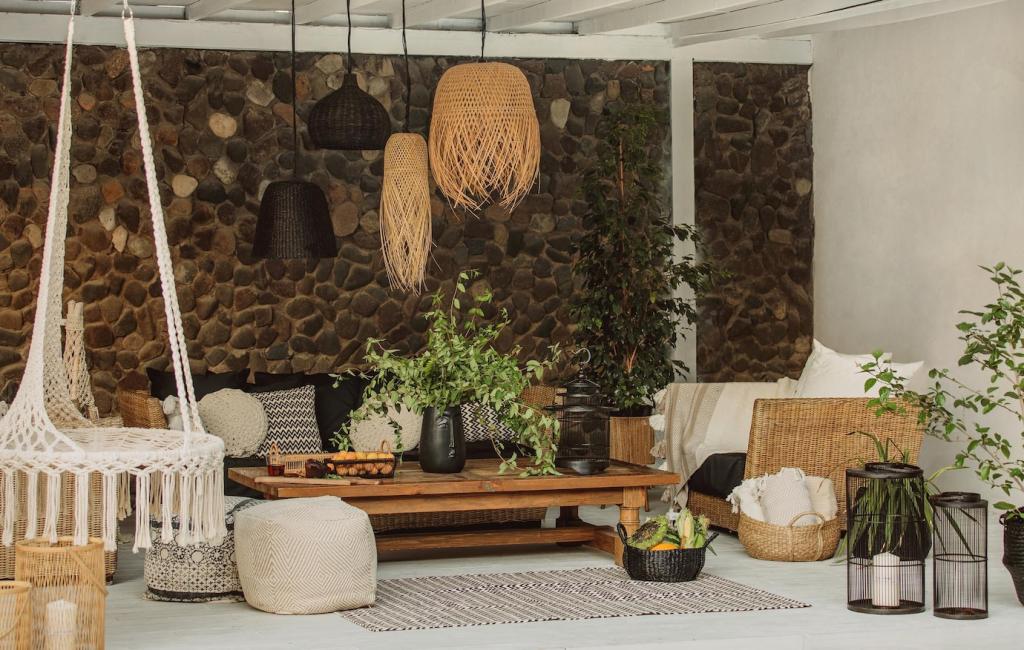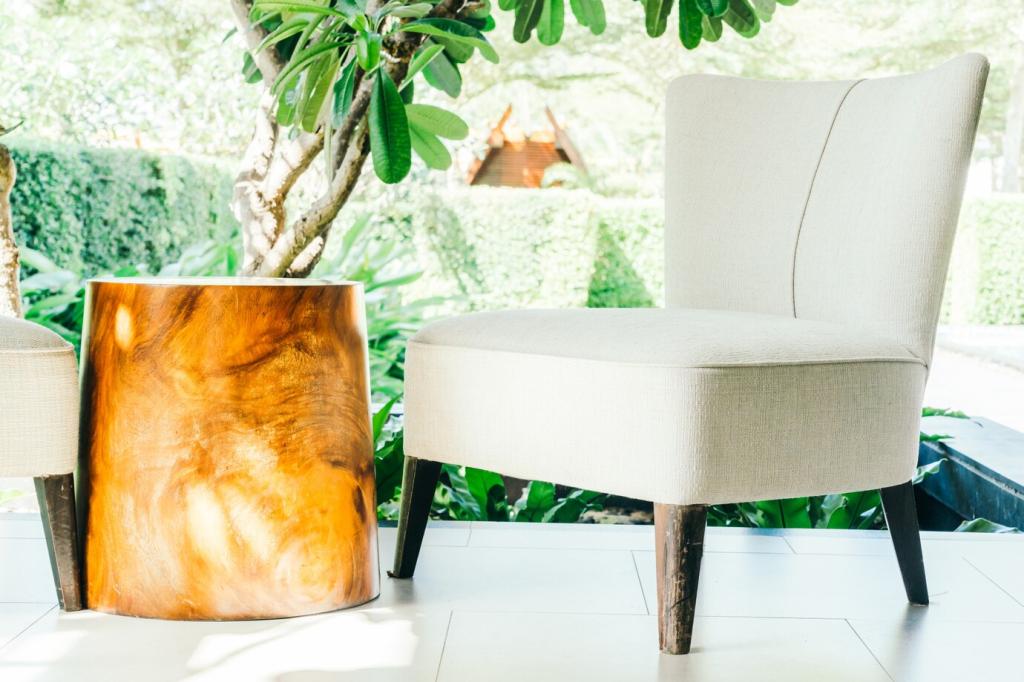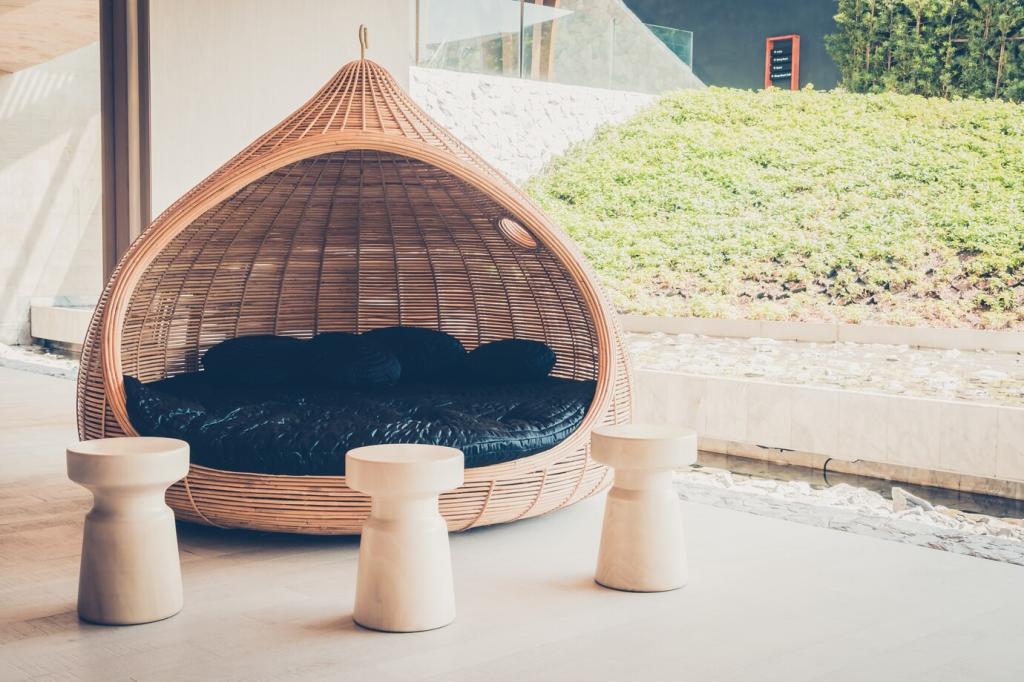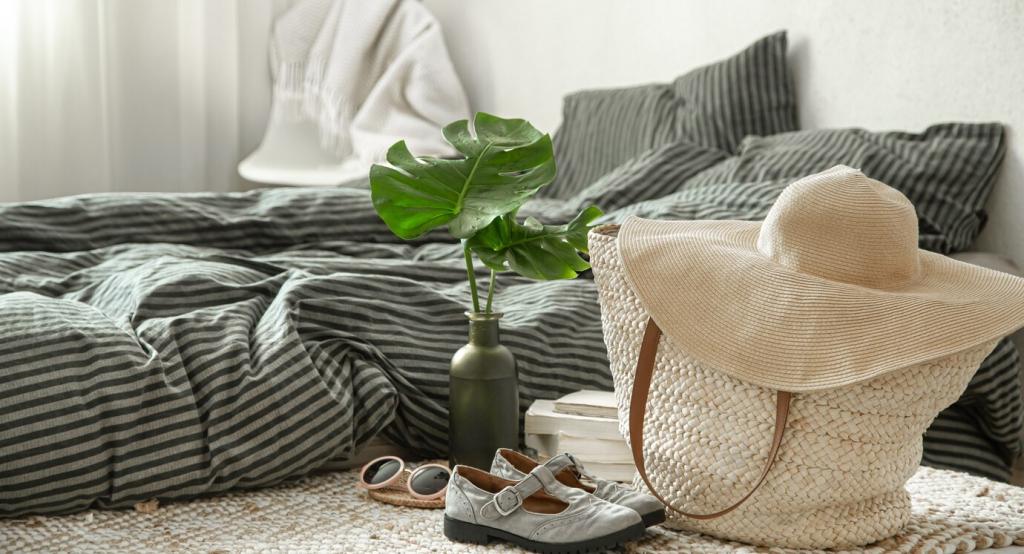Color Without Compromise: Natural Dye Pathways
From madder reds to indigo blues and walnut browns, plant dyes bring layered, living color. Look for small-batch makers who record exact mordants used, ensuring your fabrics remain safe for eventual composting.
Color Without Compromise: Natural Dye Pathways
Aluminum-based mordants are common in natural dyeing, while heavy metals should be avoided. Ask vendors about washfast tests, and share your stain experiences so we can crowdsource practical, planet-kind cleaning routines.

